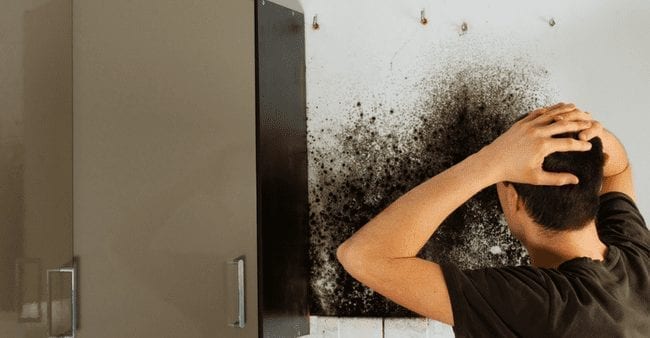We've stumbled on this article on Leaking water lines below on the net and felt it made sense to relate it with you on my blog.

Early discovery of leaking water lines can mitigate a potential catastrophe. Some tiny water leaks might not be noticeable.
1. Take A Look At the Water Meter
Every home has a water meter. Inspecting it is a surefire manner in which assists you find leaks. For starters, turn off all the water sources. Make sure no person will purge, use the faucet, shower, run the washing equipment or dishwasher. From there, most likely to the meter as well as watch if it will change. Because no one is utilizing it, there must be no motions. That indicates a fast-moving leak if it moves. Furthermore, if you spot no changes, wait a hr or more as well as inspect back once more. This implies you might have a slow-moving leak that could also be below ground.
2. Examine Water Consumption
Analyze your water bills and track your water consumption. As the one paying it, you should notice if there are any kind of disparities. If you find sudden changes, despite your intake being the same, it means that you have leakages in your plumbing system. Keep in mind, your water costs ought to drop under the exact same array each month. An abrupt spike in your bill suggests a fast-moving leakage.
A constant rise every month, also with the very same behaviors, reveals you have a slow-moving leak that's additionally gradually rising. Call a plumber to extensively examine your residential property, especially if you feel a warm location on your flooring with piping below.
3. Do a Food Coloring Test
When it comes to water usage, 30% comes from commodes. If the color in some way infiltrates your bowl throughout that time without flushing, there's a leak between the container and bowl.
4. Asses Outside Lines
Don't fail to remember to inspect your exterior water lines too. Test faucets by affixing a garden tube. Should water leak out of the link, you have a loosened rubber gasket. Change this and also ensure all connections are tight. If you have actually obtained an automatic sprinkler, it will certainly aid get it professionally examined and maintained annually. One little leak can lose tons of water and increase your water expense.
5. Evaluate as well as Analyze the Circumstance
Homeowners must make it a practice to examine under the sink counters and also inside closets for any bad odor or mold development. These 2 warnings indicate a leakage so timely interest is required. Doing routine inspections, even bi-annually, can save you from a major trouble.
Inspect for discolorations as well as compromising as most home appliances and also pipelines have a life expectancy. If you believe leaking water lines in your plumbing system, don't wait for it to rise.
Early detection of leaking water lines can alleviate a possible calamity. Some tiny water leaks may not be visible. Inspecting it is a proven means that helps you discover leakages. One tiny leak can squander lots of water and also increase your water bill.
If you think leaking water lines in your plumbing system, don't wait for it to escalate.
WARNING SIGNS OF WATER LEAKAGE BEHIND THE WALL
PERSISTENT MUSTY ODORS
As water slowly drips from a leaky pipe inside the wall, flooring and sheetrock stay damp and develop an odor similar to wet cardboard. It generates a musty smell that can help you find hidden leaks.
MOLD IN UNUSUAL AREAS
Mold usually grows in wet areas like kitchens, baths and laundry rooms. If you spot the stuff on walls or baseboards in other rooms of the house, it’s a good indicator of undetected water leaks.
STAINS THAT GROW
When mold thrives around a leaky pipe, it sometimes takes hold on the inside surface of the affected wall. A growing stain on otherwise clean sheetrock is often your sign of a hidden plumbing problem.
PEELING OR BUBBLING WALLPAPER / PAINT
This clue is easy to miss in rooms that don’t get much use. When you see wallpaper separating along seams or paint bubbling or flaking off the wall, blame sheetrock that stays wet because of an undetected leak.
BUCKLED CEILINGS AND STAINED FLOORS
If ceilings or floors in bathrooms, kitchens or laundry areas develop structural problems, don’t rule out constant damp inside the walls. Wet sheetrock can affect adjacent framing, flooring and ceilings.
https://www.servicemasterbyzaba.com/blog/how-to-detect-water-leakage-in-walls/

I hope you enjoyed reading our section on Locating water leaks. Thanks a ton for taking the time to read our piece. For those who enjoyed reading our blog post if you please don't forget to share it. Thank-you for taking the time to read it.